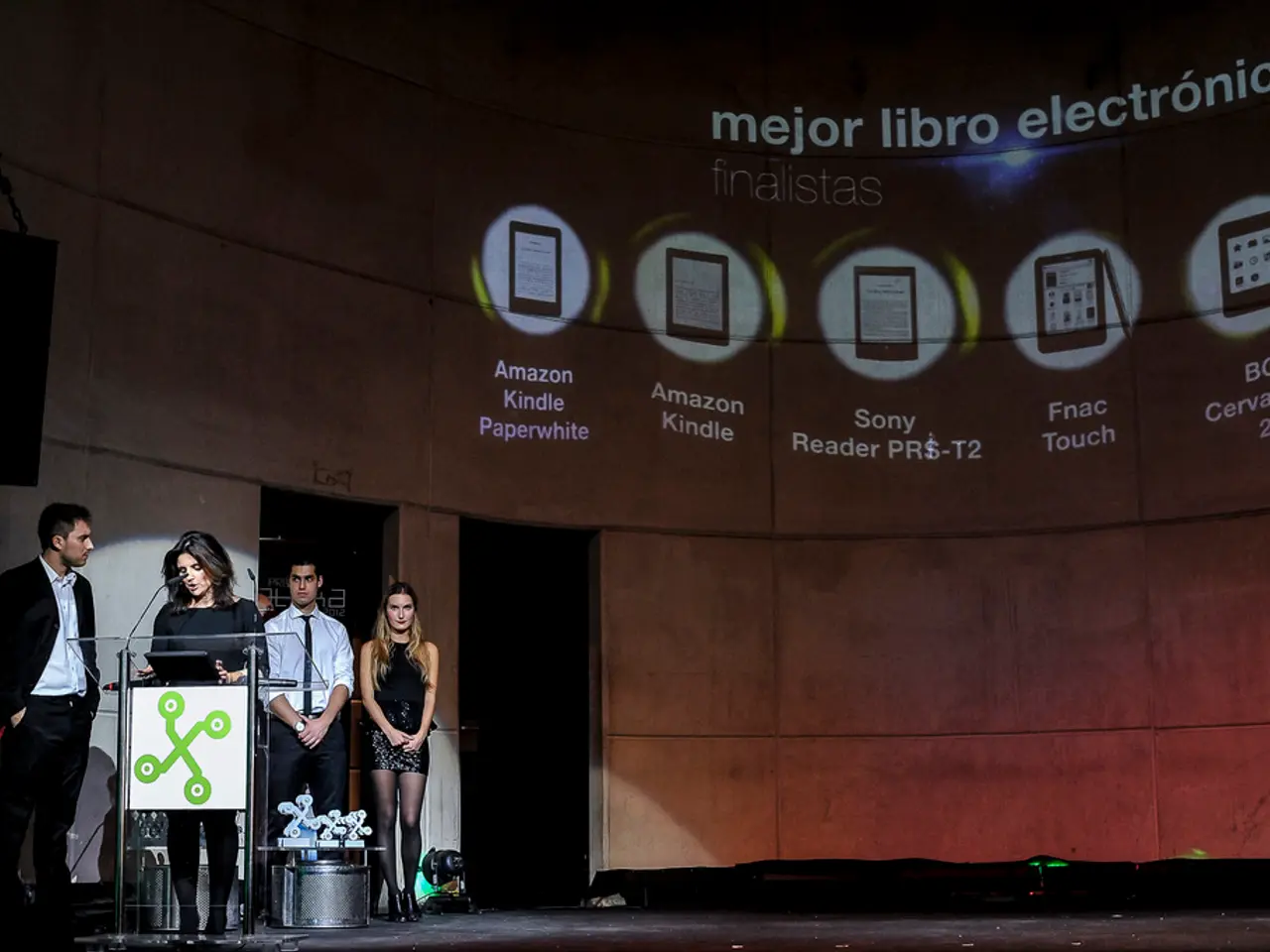Exploring Classifications of Digital Travelers: Influence of Visual Design and Attention Guides
In the ever-evolving world of tourism, virtual tourism is gaining significant attention in contemporary research. A groundbreaking study has classified virtual tourists into four distinct typologies based on their attention patterns and visual cues, offering practical insights for the development of virtual tourism platforms and applications.
The four typologies, namely visual passives, curious scanners, focused observers, and comprehensive engagers, each exhibit unique behaviors and preferences that can greatly influence the design and delivery of virtual tourism experiences.
**Visual passives** are individuals who prefer light, easily digestible visual experiences with minimal interaction. To cater to this group, virtual tours should prioritize high-quality imagery or video with simple navigation and limited cognitive load.
On the other hand, **curious scanners** engage more by exploring multiple points of interest but do so superficially. They benefit from interfaces that allow them to scan many elements quickly, with optional hotspots or brief info snippets to satisfy curiosity without overwhelming them.
**Focused observers** look for deeper understanding and detail in specific areas. Virtual tourism platforms should provide rich, focused content such as detailed descriptions, historical context, or expert commentary, ideally through on-demand multimedia elements.
**Comprehensive engagers** desire an immersive, complete experience. For this group, incorporating interactive features like guided tours, augmented reality, and personalized narratives enhances their engagement and satisfaction.
The study's findings could potentially lead to more personalized and targeted virtual tourism experiences for individual tourists, making virtual tourism more engaging and enjoyable.
Moreover, the research suggests a more nuanced understanding of virtual tourists is necessary to fully optimize the potential of virtual tourism as a growing sector in contemporary tourism. By understanding the different types of virtual tourists, it is possible to improve the effectiveness of virtual tourism marketing and engagement strategies.
The study's results also have implications for the training of virtual tourism guides and operators. By tailoring content and interaction depth for each segment, developers and marketers can strategically customize virtual tourism experiences, improving satisfaction and adoption by respecting varying cognitive and emotional engagement styles inherent in the four typologies.
Future research could involve comparing the theoretical and empirical specifications of the virtual tourist typology, offering further insights into the virtual tourism landscape. While direct empirical validation in virtual tourism contexts may be limited, principles from related AI and user experience research reinforce these guidelines.
In conclusion, this research constructs a typology of virtual tourists based on attention patterns and visual cues, advancing knowledge through a renewed emphasis on typology-driven theorizing within the virtual tourism population. The practical insights for implementing a segmentation approach in virtual tourism based on the four typologies can greatly enhance the virtual tourism experience, making it more personalized, engaging, and enjoyable for all users.
[1] Reference to related AI and user experience research can be found in the original study. [5] Reference to the original study for further details.
Eye tracking technology, as a tool for understanding user behavior, could be crucial in determining the unique behaviors and preferences of the four virtual tourist typologies: visual passives, curious scanners, focused observers, and comprehensive engagers.
Science and technology, by providing insights into cognitive and emotional engagement styles, can help tailor virtual tourism experiences to better suit the needs of each individual tourist, enhancing overall user satisfaction and adoption.




